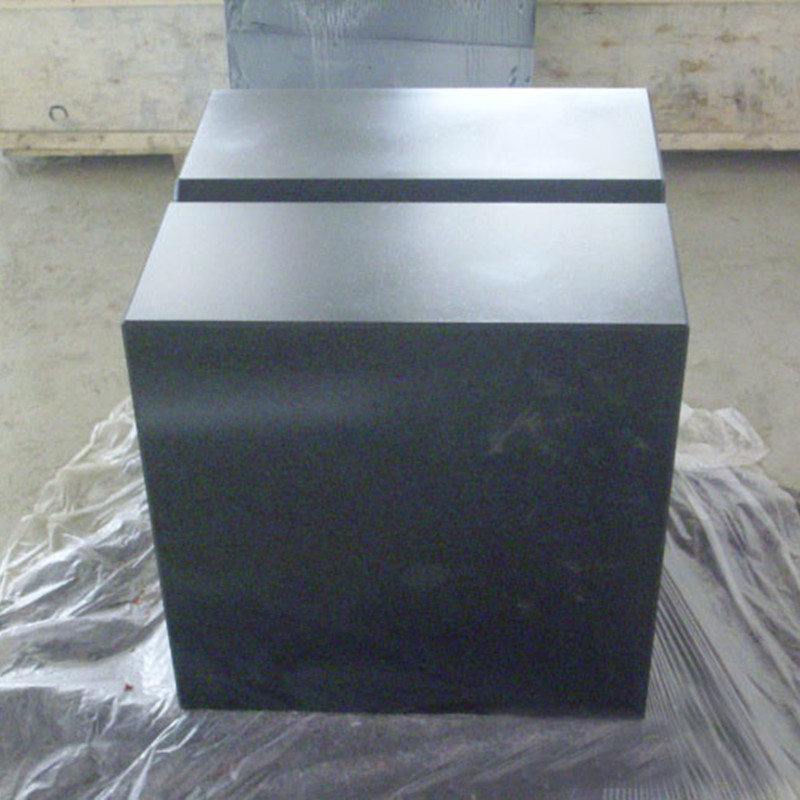Dec . 18, 2024 23:21 Back to list
turn off water valve
How to Turn Off the Water Valve A Step-by-Step Guide
In any household, knowing how to turn off the water valve can be a crucial skill. Whether you are dealing with a leak, preparing for plumbing repairs, or dealing with an emergency situation, having the ability to shut off the water supply can save you time, money, and prevent further damage. This article will guide you through the process of locating and turning off your water valve, as well as provide some useful tips for maintaining your plumbing system.
Understanding the Water Valve
The water valve is a crucial component of your plumbing system. It controls the flow of water into your home and is typically located near the main water line. In many cases, there are two main types of water valves you should be aware of the main shut-off valve and individual fixture shut-off valves. The main valve controls the water supply to your entire home, while individual fixture shut-off valves are located near sinks, toilets, or appliances.
Locating the Main Water Shut-Off Valve
Before you experience a plumbing issue, it’s essential to know where your main shut-off valve is located. Common places include
1. Basement or Crawl Space In many homes, the main valve is situated in the basement or a crawl space close to where the water line enters the house.
2. Outside Some homes have their main shut-off valve located outside, often in an underground pit or in a box near the foundation.
3. Utility Room In certain houses, the valve may be found in a utility room where the water heater and other plumbing fixtures reside.
Turning Off the Water Valve
Once you’ve located your main shut-off valve, turning it off is a straightforward process
1. Identify the Type of Valve The two most common types of valves are gate valves and ball valves. A gate valve typically has a round or oval handle, while a ball valve has a lever-style handle.
2. For a Gate Valve To turn off a gate valve, you will need to turn the handle clockwise until it stops. It may require some effort, especially if it hasn’t been turned in a long time.
turn off water valve

3. For a Ball Valve Simply turn the lever perpendicular to the pipe. A 90-degree turn should close the valve completely.
After shutting off the valve, you may want to open some faucets in your home to relieve pressure in the pipes and ensure the water supply is fully turned off.
Individual Fixture Shut-Off Valves
In addition to the main shut-off valve, familiarize yourself with the shut-off valves for individual fixtures. These are particularly useful for small leaks or repairs without turning off the water for the entire house. They are typically located
- Under Kitchen and Bathroom Sinks Look for small valves attached to the water pipes. - Behind Toilets Most toilets have a valve on the wall or floor near the base.
To turn these off, simply twist the valve handle clockwise until it stops.
What to Do After Turning Off the Water
After you’ve successfully shut off the water, it’s essential to assess the situation
- Check for Leaks Inspect the area for any ongoing leaks or damages. - Make Necessary Repairs Whether it’s patching a leak or replacing a fixture, now is the time to address plumbing issues while the water is off. - Consider Professional Help If you are unsure about the severity of the problem or the repairs needed, call a professional plumber for assistance.
Maintenance Tips
To ensure your water valve functions properly when you need it, perform regular maintenance
- Test Your Valves Regularly Exercise your valves every few months by turning them on and off. This helps prevent them from seizing up. - Inspect for Corrosion Look for any signs of rust or damage, particularly on older valves, and replace them if necessary. - Know Your Plumbing System Understanding your plumbing layout will make it easier to locate and operate the valves in emergencies.
In conclusion, knowing how to turn off the water valve in your home is an invaluable skill. Whether you're preparing for repairs or handling emergencies, being proactive and equipped with knowledge can prevent stress and costly damages. Make it a habit to familiarize yourself with your plumbing system, and you’ll be better prepared for any situation that arises.
-
Why Metric Trapezoidal Thread is Ideal for Precision Motion ControlNewsAug.05,2025
-
The Unique Properties of a Block of Granite for Industrial UseNewsAug.05,2025
-
The Role of Flanged Y Strainers in Preventing Pipeline ClogsNewsAug.05,2025
-
The Importance of Regular Calibration for Master Ring GagesNewsAug.05,2025
-
How a Cast Iron Surface Table Enhances Accuracy in ManufacturingNewsAug.05,2025
-
Comparing Different Check Valve Types for Optimal Flow ControlNewsAug.05,2025
Related PRODUCTS









